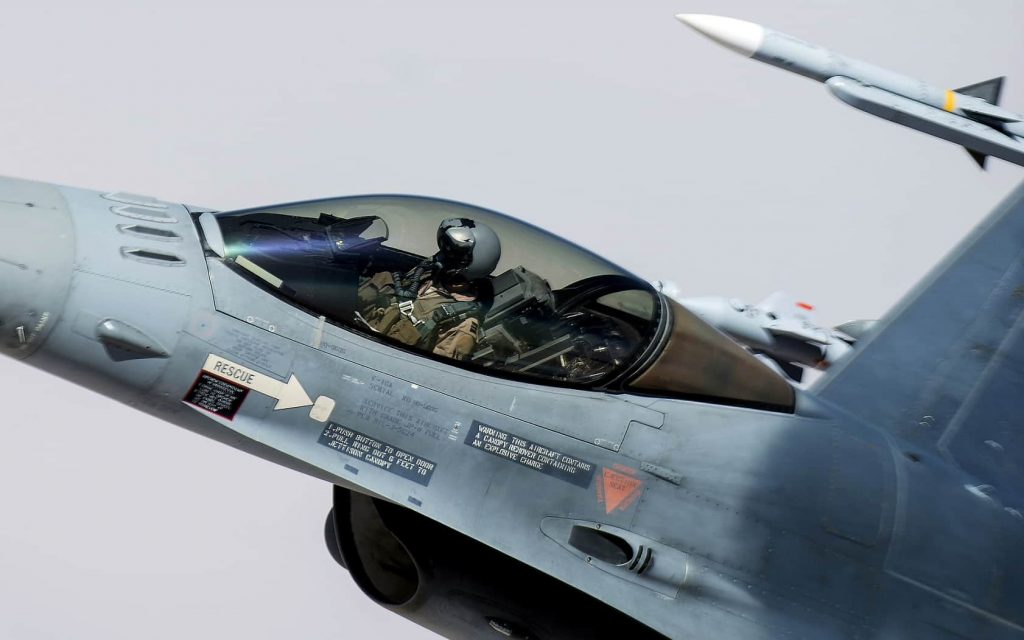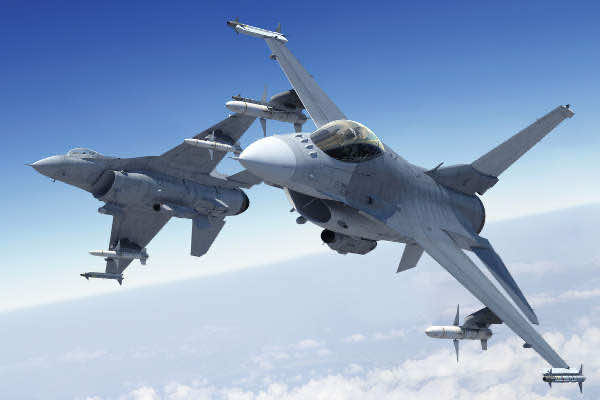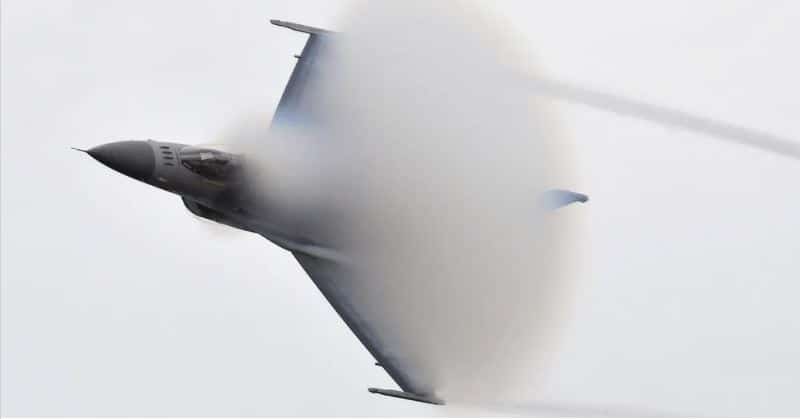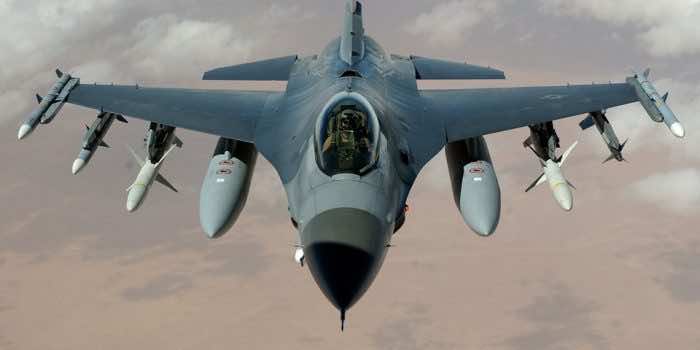The General Dynamics F-16 Fighting Falcon is a single-engine multirole fighter aircraft originally developed by General Dynamics for the United States Air Force (USAF). Designed as an air superiority day fighter, it evolved into a successful all-weather multirole aircraft. Over 4,600 aircraft have been built since production was approved in 1976. Today it is the most prolific fighter in the world, with thousands currently in service.

In an air combat role, the F-16’s maneuverability and combat radius (distance it can fly to enter air combat, stay, fight and return) exceed that of all potential threat fighter aircraft. It can locate targets in all weather conditions and detect low flying aircraft in radar ground clutter. In an air-to-surface role, the F-16 can fly more than 500 miles (860 kilometers), deliver its weapons with superior accuracy, defend itself against enemy aircraft, and return to its starting point. An all-weather capability allows it to accurately deliver ordnance during non-visual bombing conditions. The U.S. Air Force officially named the F-16 “Fighting Falcon” on July 21, 1980, during a ceremony at Hill Air Force Base, Utah, the home of the first F-16 unit. The F-16V, or Viper, is the latest variant of the F-16 fourth-generation fighter aircraft. The upgrade integrates advanced capabilities to better interoperate with fifth-generation fighters, such as the F-35 Lightning II and the F-22 Raptor.

The F-16 is 49 feet (15 metres) long and has a wingspan of 31 feet (9.45 metres). It is powered by a single Pratt & Whitney or General Electric turbofan engine, which, with afterburning, can generate 23,000 to 29,000 pounds (102 to 130 kilonewtons) of thrust, accelerating the aircraft to more than twice the speed of sound. Weaponry includes a 20-mm rotary cannon as well as attachments under the wings and fuselage for a wide variety of bombs and missiles. With a typical combat load, the F-16 weighs approximately 23,000 pounds (10,000 kg), which is less than half the weight of the previous-generation F-4 Phantom II.
The fuselage of the F-16 flares out at its juncture with the aluminum-alloy wings, giving the aircraft greater lift and stability at steep angles of attack. A computerized “fly-by-wire” stabilizing system issues continuous commands to control surfaces in the tail and wings, and a “heads-up-display” instrumentation system projects flying and combat data onto a transparent screen in front of the pilot. In addition, a highly sophisticated bomb-aiming system, using a laser range-finder and high-speed digital data processing, permits ordinary “dumb” bombs to be dropped with precision accuracy from low altitudes. Such structural and electronic innovations made the F-16 a highly capable and versatile aircraft. It has been built under license in Belgium, the Netherlands, Turkey, and South Korea and is the basis for Japan’s FS-X fighter.



